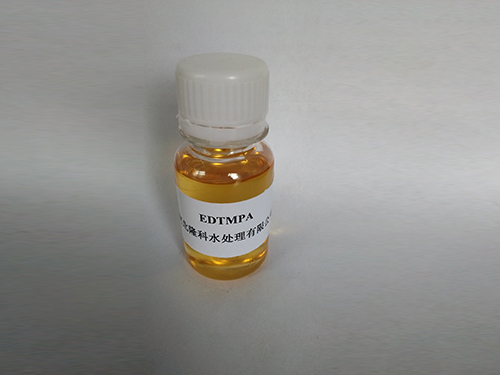hedp acid
Understanding HEDP Acid Properties, Applications, and Safety
HEDP acid, also known as hydroxyethylidene diphosphonic acid, is a phosphonic acid widely used in various industrial applications. With a molecular formula of C2H8O7P2, HEDP is known for its ability to chelate metal ions, which enables its use in a wide range of sectors, including water treatment, agriculture, and detergents.
Properties of HEDP Acid
HEDP is a colorless to pale yellow, water-soluble liquid. One of its remarkable properties is its high stability under a variety of conditions, including temperature changes and pH fluctuations. HEDP contains two phosphonic acid groups that can effectively bind to metal ions, such as calcium and magnesium, preventing scale formation and enhancing efficiency in various applications. The compound is also characterized by its low toxicity, making it suitable for use in sensitive environments where human and environmental safety is a priority.
Applications in Water Treatment
One of the primary applications of HEDP acid is in the treatment of water systems. In industrial settings, such as cooling towers and boilers, HEDP serves as a scale inhibitor. Hard water, which contains high levels of calcium and magnesium, can lead to the accumulation of scale, resulting in decreased efficiency and potential damage to equipment. By chelating these metal ions, HEDP helps to prevent scale formation, prolonging the lifespan of the equipment and reducing maintenance costs.
Furthermore, HEDP is also beneficial in the oil and gas industry, where it is used to mitigate scaling in pipelines and enhance the efficiency of drilling operations. In addition to its role in preventing scale, HEDP can aid in the dispersal of sediments in various water systems, ensuring smooth operations in industrial processes.
Agricultural Applications
hedp acid

In agriculture, HEDP is utilized as a fertilizer additive. The compound helps to improve nutrient uptake in plants by chelating essential micronutrients such as iron, manganese, and zinc. This chelating property is critical in ensuring that these nutrients remain bioavailable to plants, particularly in soils with high pH levels where nutrients may become insoluble. Moreover, HEDP can enhance the efficiency of nutrient delivery in liquid fertilizers, promoting healthier plant growth and higher crop yields.
Role in Detergents
HEDP is also a common ingredient in household and industrial detergents. Its ability to bind metal ions not only prevents water hardness from interfering with the cleaning process but also enhances the overall effectiveness of the detergent. By reducing calcium and magnesium concentrations in the wash water, HEDP allows the surfactants in detergents to work more effectively, improving stain removal and overall cleaning performance.
Safety and Environmental Considerations
While HEDP is generally regarded as low in toxicity, it is crucial to handle it with care. Adequate safety measures should be employed, including the use of personal protective equipment, to mitigate exposure risks. Furthermore, efforts should be made to minimize environmental impact when using HEDP, especially in agricultural applications, where excessive use could lead to contamination of soil and water sources.
Conclusion
In summary, HEDP acid is a versatile compound with significant industrial importance. Its ability to chelate metal ions makes it invaluable across various sectors, including water treatment, agriculture, and detergents. With its low toxicity and high stability, HEDP offers safe solutions for enhancing efficiency and performance in numerous applications. As industries continue to seek methods to improve operational efficiency while maintaining safety and environmental sustainability, HEDP will likely remain a critical component in various formulations and processes. Whether in preventing scale in industrial water systems, enhancing nutrient availability in agriculture, or boosting detergent performance, HEDP acid proves to be an essential chemical in modern industry.
-
Water Treatment with Flocculant Water TreatmentNewsJun.12,2025
-
Polymaleic AnhydrideNewsJun.12,2025
-
Polyaspartic AcidNewsJun.12,2025
-
Enhance Industrial Processes with IsothiazolinonesNewsJun.12,2025
-
Enhance Industrial Processes with PBTCA SolutionsNewsJun.12,2025
-
Dodecyldimethylbenzylammonium Chloride SolutionsNewsJun.12,2025





